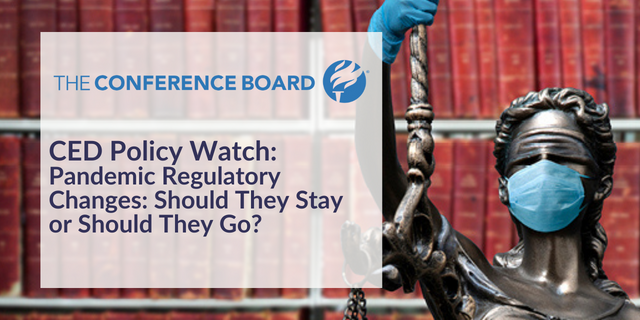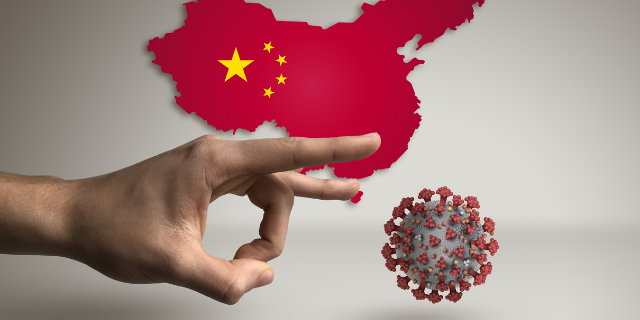What We've Learned About Communicating with Employees in an Emergency
21 May. 2013 | Comments (0)
![]()
On Friday, with the Boston metro area on lockdown, many folks stuck at home were running an experiment in how much information can be consumed at once. I maxed out with a laptop streaming video coverage, iPhone full of tweets, TV blaring footage, and radio providing analysis — all simultaneously. (I'd have been using the iPad too, but was limited by having only two hands, dangit.) While we do live in an era of great access to information, this proliferation of devices only made it that much more obvious that the river of information had slowed to a frustrating drip.
But the inability to communicate clearly and quickly didn't just affect how much the public or the media knew. Employers, too, ran into this challenge as they tried to notify employees that they don't need to come in to the office — and in fact, that they should stay home, as offices were closed. At 5:45 Friday morning, Harvard Business Publishing sent a mass email telling employees to stay home. Staples sent a message to their staff at 7 am. One PR firm emailed its employees at 6 am, while an environmental nonprofit emailed at 8.
But not all the messages got through. A simple technical miscue can mean that not all employee email addresses make it on to the "everyone" email list. For others, the timing can be wrong. For instance, our early morning security guard found herself in the office before the message had gone out. Because our offices were at the heart of the locked-down zone (you probably saw them on television) she was then stuck here all day, while law enforcement used our parking lot as a staging area. Similarly, at Staples, Mark Cautela, a PR manager, mentioned that a couple of employees who had left home before receiving their 7 am message had ended up at their Harvard Square store, and ultimately decided it was safer to stay there than try to get back home. While the store remained closed, the employees hunkered down inside.
And as with the rest of the week, miscommunications and tempers both flared. In the absence of the information we want, we're overreacting to what little information we have. Cautela mentioned that they've been actively quashing online reports that Staples told employees to report for work despite the lockdown, saying those resulted from misunderstandings. A person who works in health care tweeted angrily that her employer was going to charge her vacation time for staying home on Friday. As it turned out, a supervisor later called her to assure her that that was not the case — while that would have been their usual policy, given the severity of the situation they'd decided to make an exception.
Of course, not every employer did tell employees to stay home. On Friday, I heard reports through social media that some employees were either explicitly told to report for work, or felt pressured to do so. Then there was the too-perfect story that police had allowed Dunkin Donuts to remain open to serve first responders.
But some companies did get it right, safely shutting down their businesses for the day, communicating that shutdown effectively to their staff, and pre-emptively answering any concerns about lost wages or benefits.
Making sure employees know what to do in a fast-breaking emergency isn't as easy as just sending a text or an email. It takes preparation as well as rapid execution. One Cambridge-based company, HubSpot, talked to me about how they coordinated their response, with people in IT, security, and HR all working together to first identify employees in the Watertown area who might be in harm's way, and then reaching out to those people "to make sure they had heard the news and didn't plan to go outside," said Katie Burke, from the company. They phoned, texted, and as a last resort, emailed them individually. Then, says Burke, "Our Chief Security Officer notified all employees early [Friday] morning that the office would be closed so people wouldn't drive or try to train into work and get stranded." Finally, they made sure everyone knew there'd be no penalty for staying home, and encouraged them to reach out if they needed help.
Another company for whom this situation struck very close to home was athenahealth, which offers cloud-based services to health care providers. Carolyn Reckman is VP of athenaEnvironment, the function that covers everything to do with the firm's physical environment, from facilities to security. "As a HIPAA-regulated organization, we have a heightened sense of responsibility for business continuity and crisis management," she told me. Their crisis plan was enviable.
Every employee, when they first join the company, is handed a wallet card with Reckman's phone number and other emergency contact numbers. At 4:30 in the morning on Friday, Reckman was awoken by a Watertown-based employee who'd called the number on that card to tell her that he had heard gunshots outside his home, and was now following the unfolding events on the news and listening to a police scanner. It sounded, he said, like this might go on for a while. Reckman jumped out of bed and activated their emergency notification system. The first alert went out to the firm's crisis-management team, a group of about 15 or 20 people from around the company. Closing for the day "was a no-brainer," Reckman said. So within another few minutes, they'd activated the automated emergency contact system that goes out to all employees — reaching their home phones, cell phones, work phones, work email accounts, and personal email accounts. They got the message out by 5:30 am.
"I was asleep until 6 a.m.," said Amanda Guisbond, who works in the communications department. "I woke up and had a voicemail on my cell phone telling me the offices were closed, and I also had an email in my gmail account, which was good because I wouldn't have been checking work email right away."
Looking at the successes and the mistakes here, some simple best practices emerge:
First, email isn't the best way to get in touch with people in an emergency. This seemed especially true in companies whose employees were hourly workers who generally don't have employer-provided smartphones. It was also especially true for anyone in the immediately affected areas of Cambridge or Watertown, where bullets and home-made bombs were flying and time was essential. SMS text messages were a quicker way to push information out to people, although this approach was less common among private employers and more common at universities. For instance, both MIT and Emerson College used text messages to push alerts out to members of their communities. Emerson's alert went out at 5:10 Friday morning. And MIT's first alert went out at 11:01 pm Thursday night, shortly after a member of their campus police was found shot. As Reckman told me, "Really, I think the only way to do it is to hit people's personal cell phones."
Second, make sure it's a system multiple people can activate, from any location. At athenahealth, any employee can call a senior manager and alert them to an emergency, because of the wallet card they've been asked to carry. Moreover, there are 15 or 20 people on the crisis management team, any one of whom can activate the alert system. It shouldn't be a system that relies on people being able to access their work email, or that you can only log into from inside the office.
Third, when the crisis is over, ask what you could have done better. For instance, when Reckman first initiated the emergency system — the one that went to the 15 people on the crisis team — it said "this is a test." Obviously, it wasn't a test, and that's something she said they plan to figure out when they debrief on the incident this week.
But finally, the companies that got this right realized it wasn't only a technological challenge, but a management challenge. Not only did they communicate in human, empathetic terms, but they also addressed practical concerns up-front, such as assuring their employees that they wouldn't lose time off or pay. Unfortunately, the number of companies that did this seems small. Those who didn't not only created publicity problems for themselves when employees began venting on social media, but also generated anxiety in employees who wondered if they were going to take a financial hit for the time spent obeying the lockdown. Companies who have refused to pay their hourly workers or have forced salaried workers to take a vacation day are no doubt creating sour memories in their staff, perhaps saving a few dollars in the short-term, but fostering bitter feelings in the long-term. The policy at athenahealth is again admirable: in the event of an emergency office closing, everyone still gets paid. And Nordstrom confirmed over Twitter, after the fact, that all employees who had been scheduled for Friday shifts at the Boston store will still be getting paid.
The companies that got this right anticipated the questions and concerns that all of their workers would have — no matter what mode of communication they're most likely to use and no matter where they sit on the salary scale. It's understandable, perhaps, that an executive who does the daily email "prayer" — check it first thing when you wake up, and last thing before you go to sleep — might assume that was the best way to reach all workers. It's understandable that in the heat of the moment, giving reassurance on pay and benefits might just not have occurred to those executives, either. They may be worried about their own safety, or just, as highly paid professionals, unlikely to worry about a day's pay or a day's vacation here or there. But that's why it's so essential to have a plan for these sorts of emergencies ahead of time: to cover the fact that, in the moment, you probably won't be thinking clearly.
If you wait until the bomber is on the loose, or the hurricane is barreling down the coast, or the need to evacuate your building has become only too clear, you have waited too long.
This blog first appeared on Harvard Business Review on 04/22/2013.
View our complete listing of Leadership Development and Strategic HR blogs.
-
About the Author:Sarah Green Carmichael
Sarah Green Carmichael is a Bloomberg Opinion columnist and editor. Previously, she was an executive editor at Harvard Business Review.









0 Comment Comment Policy